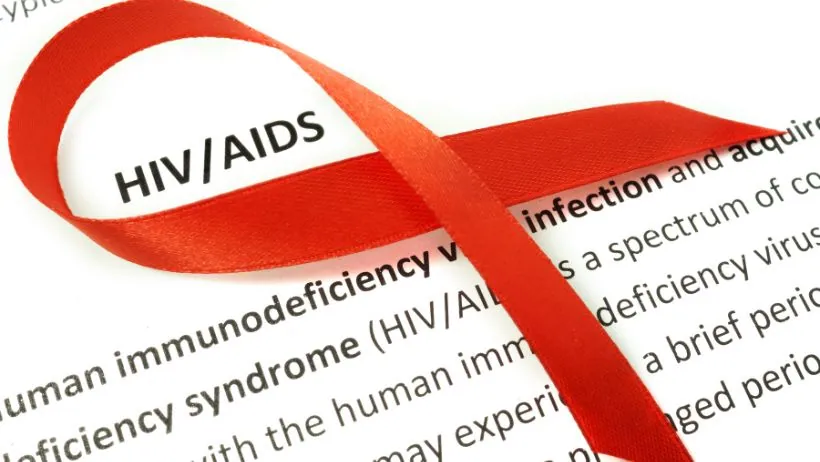In the year 2019, top 10 causes of death made up for ~55% of 55.4 million deaths which were seen worldwide.
Top 10 causes of death globally, in order of total lives lost, are related to 3 broad topics such as cardiovascular (ischaemic heart disease, stroke, heart pain, etc.), respiratory (chronic obstructive pulmonary disease) and neonatal conditions – that consists of birth asphyxia and birth trauma, pre-birth complications, etc.
One of the main causes of death in the US include heart-related diseases, cancer along with unintentional injury. Apart from this, certain short-term health risks, such as COVID-19, might have significant impact on death rates.
What diseases make up for most of the deaths?
On the global level, ~7 out of ~10 leading causes of deaths in 2019 came from non-communicable diseases. Such 7 causes made up for ~44% of all the deaths or ~80% of top 10 deaths. Moreover, all of the non-communicable diseases together made up ~74% of the deaths globally in 2019.
Data from World Health Organisation (WHO) suggests that world’s biggest killer remains ischaemic heart disease as this disease is responsible for ~16% of world’s total deaths. Since the year 2000, significant rise in deaths relates for this disease, rising by more than ~2 million to ~8.9 million deaths in 2019.
Going by the numbers, stroke and chronic obstructive pulmonary disease are being counted as 2nd and 3rd leading causes of death as these diseases are responsible for ~11% and ~6% of the total deaths respectively.
A decrease in respiratory infections was the world’s most deadly communicable disease. This has been ranked as 4th leading cause. That being said, number of deaths declined substantially: in 2019, this disease claimed 2.6 million lives, exhibiting a fall by ~460 000 than the deaths it claimed in the year 2000.
Top 10 causes of death on the basis of income levels
Based on gross national income, the world’s economies are being divided as– low, lower-middle, upper-middle and high. Individuals residing in low-income country are more likely to die from the communicable disease than non-communicable diseases. Even though there has been a global decline, 6 out of top 10 causes of death in the countries having low-income are communicable diseases.
Diseases such as malaria, tuberculosis and HIV/AIDS continue to be on top 10. However, number of deaths have declined significantly for all 3. Biggest decline among top 10 deaths in such group was for HIV/AIDS. Deaths from this disease have reduced by ~59% in 2019 than in 2000.

Diarrhoeal diseases are being categorised as a cause of death in the countries having low-income levels. These rank in top 5 causes of death for this kind of income category. However, deaths from diarrhoeal diseases are also declining in low-income countries, making up 2nd biggest fall in fatalities among top 10.
Lower-middle-income countries continue to have most disproportionate top 10 causes of death. This is because 5 deaths are due to non-communicable diseases, 4 from communicable, and 1 death from the injury.
Apart from this, deaths from diabetes has been the rising cause of death in such income group. The rank of this disease has been moved up from 15th to 9th leading cause of death, with number of deaths nearly doubling since the year 2000.
What can we do to reduce death rate?
Individuals can significantly decrease their risk of early death through making some simple lifestyle changes. For example, being a non-smoker, having a healthy diet on a regular basis, exercising regularly and restricting the alcohol consumption can decrease the risk of several lethal diseases including heart disease, stroke and cancer.
Death rates continue to increase mainly because of illnesses due to smoking, high blood pressure, increased blood cholesterol, alcohol misuse, obesity, etc. Therefore, some of the lifestyle changes can help prevent many of such diseases.
The heads of State and Government and ministers globally are committed to the new action to decrease suffering and death as a result of noncommunicable diseases (NCDs), mainly heart and lung diseases, cancers and diabetes.
Working constructively with some of the public sectors beyond health remains critical in reducing NCD risk factors and seeing health gains to decrease premature deaths as a result of NCDs.
The main focus was to ensure availability of resources and strengthen capacity to respond more effectively to NCDs. This includes strengthened community- level prevention and delivery of health services along with access to NCD medicines and technologies.
Apart from this, the focus will be on addressing complexity and tough nature of developing and implementing coherent multisectoral policies throughout government with the help of health-in-all-policies approach to achieve better outcomes.
